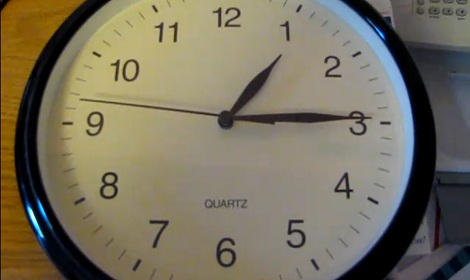Lord Vetinari from the Discworld series is known for many things, but perhaps most of all a clock that doesn’t quite keep continuous time. Instead, it ticks away at random increments to infuriate those that perceive it, whilst keeping regular time over the long term. [iracigt] decided to whip up a real world version of this hilarious fictional timepiece.
The clock itself is an off-the-shelf timepiece purchased from Target for the princely sum of $5. However, it’s been deviously modified with an RP2040 microcontroller hidden away inside. The RP2040 is programmed to tick the clock at an average of once per second. But each tick itself is not so exact. Instead, there’s an erraticness to its beat – some ticks are longer, some shorter, in the classic Vetinari style. [iracigt] explains the nitty gritty of how it all works, from creating chaos with Markov chains to interfacing the RP2040 electronically with the cheap quartz clock movement.
If you’ve ever wanted to build one of these amusements yourself, [iracigt’s] writeup is a great place to start. Even better, it was inspired by an earlier post on these very pages! We love to see the community riff on a theme, and we’d love to see yours, too – so keep the tips coming, yeah? Video after the break.
Continue reading “Malfunctional Timekeeping With The Vetinari Clock”















